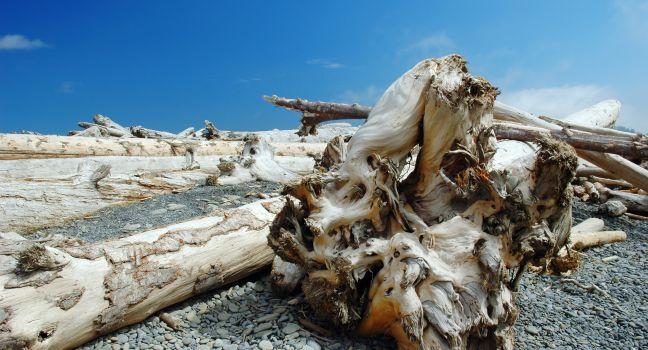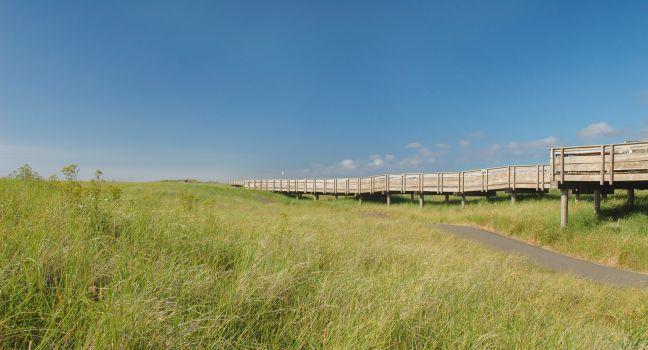Cape Disappointment State Park

The cape and its treacherous neighboring sandbar—named in 1788 by Captain John Meares, an English fur trader who had been unable to find the Northwest Passage—has been the scourge of sailors since the 1800s, hence its reputation as the graveyard of the Pacific. More than 250 ships have sunk after running aground here. Now a 2,023-acre state park within the Lewis and Clark National Historical Park (which also has sections across the Columbia River in Oregon), this dramatic cape with sheer sea cliffs and conifer forest was an active military installation until 1957. Eight miles of trails lead to beaches, and opportunities to spy eagles, whales, sea lions, seat otters, and other wildlife abound. There are three lightkeepers' residences, dozens of campsites, several yurts, and three cabins available for rent. Exhibits at the park's free Lewis & Clark Interpretive Center, which sits atop a 200-foot cliff with magnificent views, trace the cape's human and natural history. A larger exhibit ($5 charge for this) in the center describes the duo's 8,000-mile round-trip expedition. Displays chronicle the Corps of Discovery, which arrived at Cape Disappointment in 1805. A ½-mile-long path from the center leads to the Cape Disappointment Lighthouse. Built in 1856, it's the oldest lighthouse on the West Coast that's still in use, and one of two lighthouses in the park, the other being North Head.





